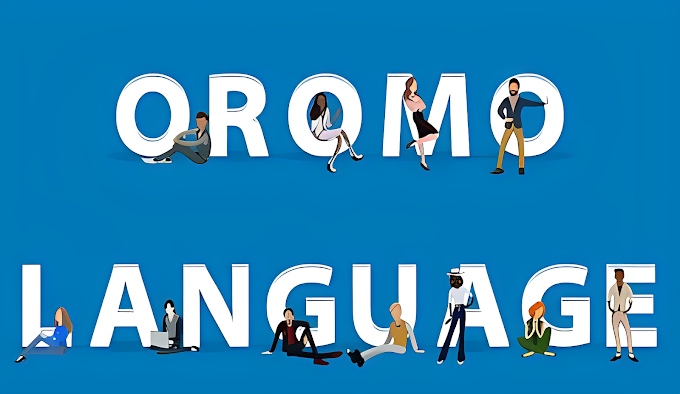Dismantling Linguistic Divides with Google Translate
Google Translate continues its relentless quest to dissolve language barriers, empowering global connections and deepening cross-cultural understanding. Through the harnessing of cutting-edge technological innovations, this indispensable tool is becoming more accessible to a broader audience. Notably, in 2022, Google took a giant leap by introducing 24 new languages via Zero-Shot Machine Translation—a method where a machine learning model learns to interpret a language it has never encountered before, like a child solving a puzzle without ever seeing the pieces beforehand. But Google’s ambitions stretch further. With the announcement of the "1,000 Languages Initiative," they’ve committed to constructing AI models that will eventually support the 1,000 most widely spoken languages on Earth. A monumental task, indeed.
The Surge of AI in Language Expansion
Driving the expansion of linguistic capabilities, Google is wielding the power of advanced AI models. Enter PaLM 2, a formidable large language model at the core of this initiative. Thanks to PaLM 2, Google Translate is unleashing support for an unprecedented 110 new languages—its most massive rollout to date. The implications are profound, reaching corners of the globe that have long awaited linguistic representation in digital spaces.
Touching the Lives of Over Half a Billion People
The newly integrated languages are not just mere additions—they are lifelines, serving more than 614 million native speakers, which equates to about 8% of the world's population. From globally spoken tongues like Cantonese to rare, indigenous dialects fighting against the tides of time, Google’s latest expansion is diverse. Around one-quarter of these new languages hail from Africa, marking the largest inclusion of African languages in Google’s history. This includes dialects such as Fon, Kikongo, Luo, Ga, Swati, Venda, and Wolof—each with its unique cultural tapestry.
A Closer Look at the Newly Embraced Languages
Here are a few notable languages that have found their place in the Google Translate ecosystem:
- Afaan Oromo: Oromo is one of the newly added languages to Google Translate, spoken predominantly in Ethiopia, Kenya, and parts of Somalia. It is the most widely spoken language in the Cushitic family, with over 30 million native speakers. Including Oromo in Google Translate is a significant step in giving a voice to the Oromo people, helping to preserve their language and culture. The addition of Oromo will not only support everyday communication and education but also promote the cultural and literary heritage of the Oromo-speaking community.
- Afar: Resonating across Djibouti, Eritrea, and Ethiopia, Afar is a tonal language that topped this update’s volunteer contributions—an indicator of its importance to its speakers.
- Cantonese: A language that has been fervently requested by users, Cantonese presents a unique challenge as it often intermingles with Mandarin in its written form.
- Manx: The Celtic tongue of the Isle of Man, which teetered on the brink of extinction in 1974, has made a remarkable comeback, with thousands of speakers emerging from the revival efforts.
- NKo: Representing the West African Manding languages, NKo is distinctive, not only for its phonetics but for its unique alphabet, which has a vibrant community continuing to develop resources around it.
- Punjabi (Shahmukhi): Predominantly spoken in Pakistan, this variant of Punjabi is distinct for its use of the Perso-Arabic script.
- Tamazight (Amazigh): A Berber language with roots spread across North Africa, Tamazight finds itself captured in both the Latin and Tifinagh scripts—both of which Google now supports.
- Tok Pisin: An English-based creole serving as the lingua franca of Papua New Guinea. English speakers may find a surprising familiarity in some of its vocabulary.
Navigating the Nuances of Language Varieties
Integrating new languages into Google Translate is far from a straightforward endeavor. It demands intricate deliberation—choosing between dialects, establishing standard spelling conventions, and so forth. Many languages lack a universally accepted form, making the decision-making process akin to navigating a maze without a map. Google's strategy? Focus on the most widely used versions. For instance, Romani, which has a spectrum of dialects, sees a focus on Southern Vlax Romani for its online presence, while subtly weaving in features from Northern Vlax and Balkan Romani.
PaLM 2: Paving the Path for Language Learning
The PaLM 2 model is pivotal in this linguistic expansion, allowing Google Translate to master closely related languages with remarkable efficiency. Whether it's Awadhi and Marwadi, which sit closely to Hindi, or French Creoles like Seychellois and Mauritian, PaLM 2’s capabilities are expanding horizons. As technological advancements continue and partnerships with expert linguists and native speakers grow, Google’s vision is clear: to include even more dialects, language variants, and orthographic traditions in the near future.
Dive Into the New World of Translation
To delve deeper into the newly supported languages on Google Translate, visit the Help Center. Embark on your translation journey today at translate.google.com, or by downloading the Google Translate app on Android and iOS.








